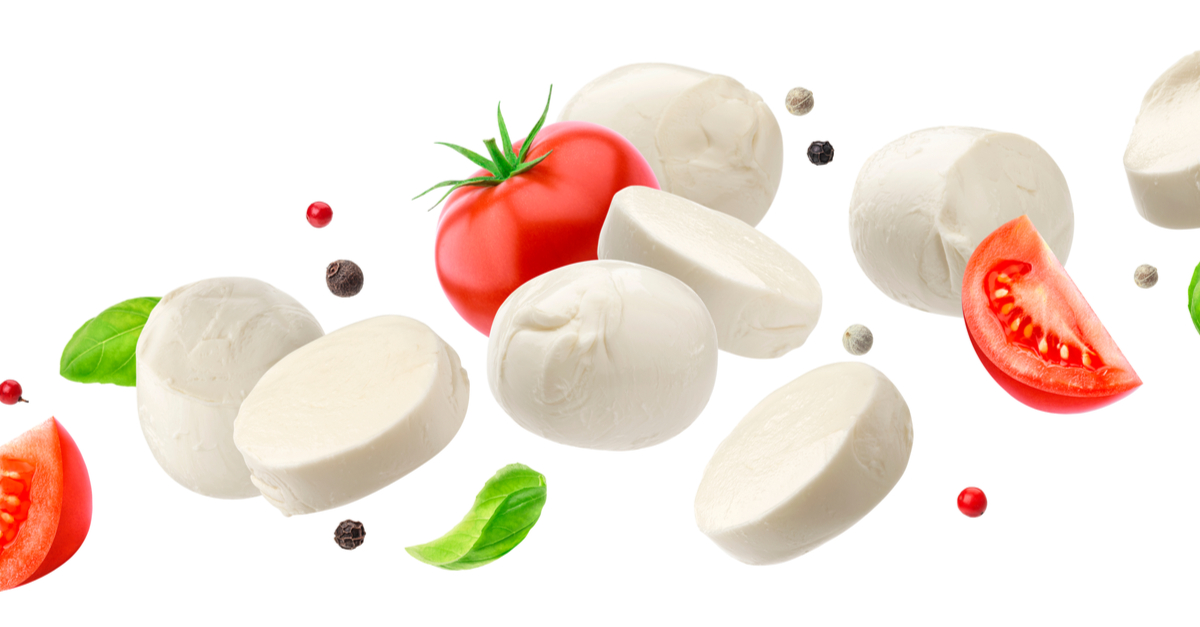The Struggle:
Mozzarella is a special cheese. Let’s face it, without mozzarella cheese we don’t have pizza as we know it. That’s not a world I want to live in. While mozzarella is widely available it’s always nice to make things on your own. But mozzarella has quite the barrier for entry. You need raw milk to make mozzarella at home. Raw milk, while available, is nowhere near as abundant as the ultra-pasturized milk we get from the stores. If you are familiar with home-made mozzarella, you will know that ultra-pasteurized milk doesn’t contain enough calcium ions to form the correct curd structure. Hopefully you can see where I am going with this, because there is a way to add calcium to an Ultra-pasteurized milk and make mozzarella?
“Can you make mozzarella out of ultra-pasteurized milk ?”
Modern Mozzarella (kinda)
So this is a great question that came across my plate this week and I just had to write about it. Originally the question was, if calcium chloride is basic (on the ph scale) why does it become acidic in a solution? This peaked my interest and yes we will dive deep down that science rabbit hole shortly. In my research I remember reading about how it could be used in mozzarella cheese. I put my head down and got to reading.
Mozzarella cheese needs a certain amount of calcium ions to create the texture we all know and love. Calcium and vitamins can be harmed during the ultra pasteurization process therefore making the milk unusable for this type of cheese. By adding calcium chloride you can replace some of the calcium lost and actually create the correct curds with the ultra-pasteurized milk. I was so happy to hear this. While creating mozzarella with local raw milk is mostly going to have a superior flavor, it is expensive. And if you wanted to make your own mozzarella at home it would only yield a small amount. But now you can make gallons of milk into cheese. It’s not all sunshine and rainbows because people will run into a problem. Here is the issue people will notice, most recipes require the milk to be acidic before adding the rennet. The recipes will have added citric acid to achieve the correct pH. When calcium chloride is added it lowers the pH as well. The milk becomes too acidic and the curds become unusable. So when making mozzarella cheese using ultra pasteurized milk only use calcium chloride.
The second part of this is how in the world does a basic (7 pH) dry ingredient become acidic when added to the milk? Here comes the science part. Calcium chloride is made when hydrochloric acid (strong acid) is neutralized with calcium hydroxide (strong base). The acid ions that are present in the neutral calcium chloride are stronger than the base ions. So as it is mixed with milk, the acid will be more predominant and give an acidic reading. The acid at this point is very weak and will only reach 5.5 pH which is great for cheese making!
Check out our recipe for mozzarella cheese and keep an eye out because this method is too cool to pass up. Maybe in a few months we will have a new recipe for mozzarella cheese that anyone can make at home!


